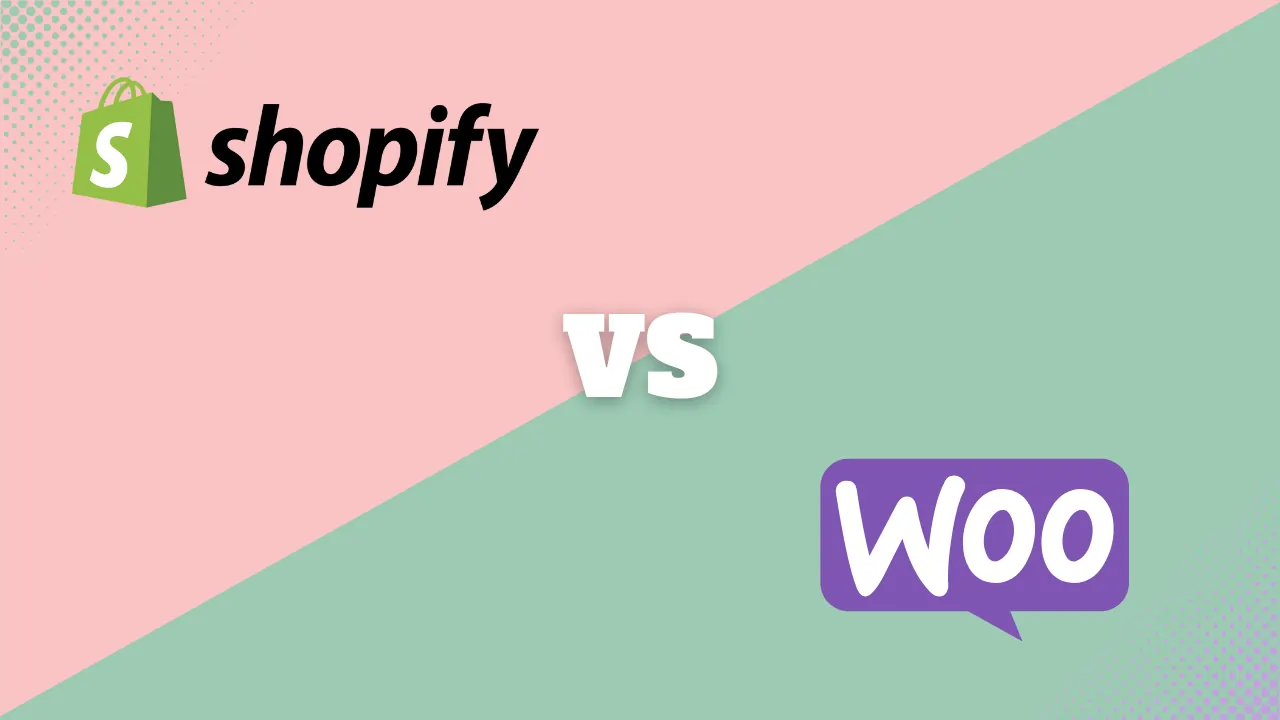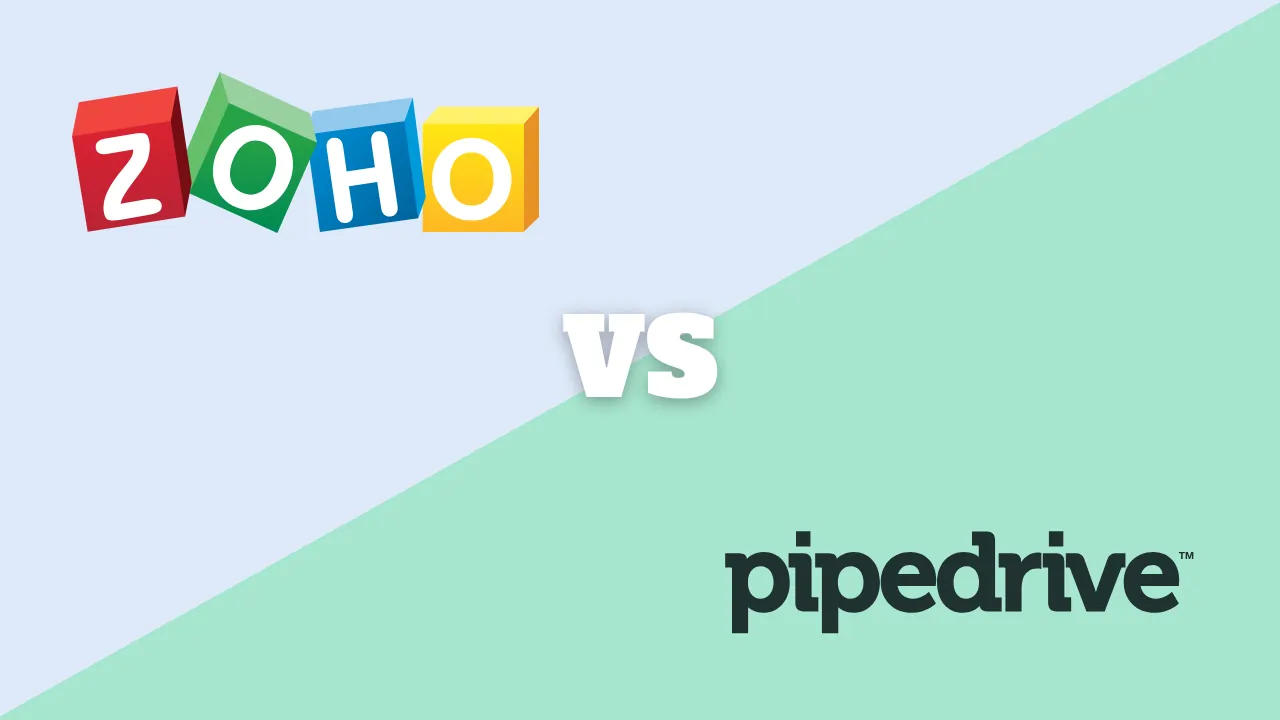Break-Even Calculator
Running a small business often feels like a balancing act. You are constantly juggling inventory, staff, and customer demands. However, the most critical balance you need to strike is financial. This is where a break even calculator becomes your most valuable asset. It helps every business owner calculate the cost and required profit for every single unit of product sold.
Many entrepreneurs make the mistake of looking at the purchase price of an item and adding a random markup. That is a dangerous game. To truly succeed, you must calculate the minimum selling price to ensure you never lose money on a sale. This calculation must embody every cost required to produce that product, including the rent you pay and the electricity used to keep the lights on.
Break-Even Analysis Calculator
Break Even Results
How to Lower Break-Even Point
- • Reduce fixed costs (renegotiate rent, optimize staffing)
- • Improve production efficiency to lower variable costs
- • Consider outsourcing non-core functions
- • Eliminate unprofitable product lines
How to Increase Your Sales
- • Implement targeted marketing campaigns
- • Offer volume discounts to encourage larger orders
- • Add complementary products or services
- • Expand into new markets or customer segments
Understanding Your Results
- • Aim for a margin of safety above 20%
- • Higher contribution margin means faster break-even
- • Review your break-even quarterly as costs change
- • Use break-even analysis for pricing decisions
What is a break-even calculator, and why do you need one?
At its core, a break-even calculator is a tool that identifies the specific point where your total revenue equals your total costs. At this point, you are not making a profit, but you are not losing money either. You have “broken even.”
For an SMB owner, this tool is not just about survival; it is about maximizing profitability. It forces you to move away from a simplistic view of “how much I paid for this item” to a comprehensive view of “how much it costs my business to sell this item.”
When you understand your break-even point, you gain clarity on three essential areas:
- Volume: How many units you must sell to cover your expenses.
- Pricing: The minimum price floor you cannot go below.
- Profitability: Exactly how much profit you make on every unit sold past the break-even point.
The core components: understanding fixed vs. variable costs
To use a break even calculator effectively, you must understand the two types of costs that drive your business. If you miscategorize these, your calculation will be wrong, and you might inadvertently sell at a loss.
Identifying your fixed costs
Fixed costs are expenses that remain the same regardless of how much you sell or produce. Even if you sell zero units next month, you still have to pay these bills.
Common fixed costs include:
- Rent or Property Tax: The cost of your physical space (storefront, warehouse, or office).
- Utilities: Basic electricity, water, and internet required to keep the facility running.
- Salaries: Administrative staff or management salaries that do not change based on production volume.
- Software Subscriptions: Monthly fees for your accounting software or CRM.
- Insurance: Liability or property insurance premiums.
Calculating variable costs per unit
Variable costs are directly tied to the production or sale of a specific product. These costs rise as your production rises and fall when production slows down.
Key variable costs include:
- Cost of Goods Sold (COGS): The actual price to buy the raw materials or the finished product from a supplier.
- Direct Labor: Wages for the specific employee working on that product. If you pay someone per hour specifically to assemble a unit, that is a variable cost. You can track this accurately using reliable payroll software.
- Shipping and Import Fees: The cost to bring the product into your warehouse and the cost to ship it to the customer.
- Packaging: Boxes, tape, and labels used for each unit.
- Installation: If you sell a home appliance that requires a technician to install it at the client’s home, the labor and travel time are variable costs attached to that specific sale.
How to use the Break-Even Calculator
The break-even point calculator is built to be intuitive, so you can get answers fast without needing a finance degree. Here’s how to use it:
Step 1: Enter your fixed costs
Type in how much you spend on rent, salaries, insurance, and other overhead. These costs don’t change based on how many units you sell.
- Example: You enter $10,000.
Step 2: Add your variable cost per unit
This is the amount it costs you to produce one unit. That includes materials, packaging, direct labor, or commissions.
- Example: You enter $25.
Step 3: Enter your selling price
This is how much you charge for one unit. It can be a product, a subscription, or a service.
- Example: You enter $50.
Step 4: Enter your current sales volume
This is how many units you’re currently selling each month or year. It helps calculate your current profit or loss.
- Example: You enter 300 units.
Step 5: Add your max capacity
If you know the maximum number of units you can sell or produce, add it here. It helps power the visual chart.
- Example: You enter 1,000.
Step 6: Choose monthly or annual view
Use the toggle at the top to switch between monthly and annual analysis. Your selection affects the way all numbers update automatically.
Step 7: Review your results
Once you’ve entered your numbers, the calculator shows you everything you need to know about your business’s profitability and break-even analysis.
You’ll see:
- Break-even point — the exact number of units you need to sell to cover all your costs
- Example: Based on the earlier example input, you need to sell 400 units.
- Break-even revenue — the total dollar amount required to break even
- Example: That’s $20,000 in sales.
- Contribution margin — how much profit you make per unit sold
- Example: Each unit gives you $25 in profit.
- Contribution margin ratio — the percentage of your revenue that goes toward fixed costs and profit
- Example: That’s 50%.
- Profit or loss — based on your current sales, are you ahead or behind?
- Example: At 300 units, you’re losing $2,500.
- Margin of safety — how much buffer you have above break-even
- Example: You’re 100 units above break-even.
- Margin of safety % — the percentage buffer over your break-even volume
- Example: That’s a 20% margin of safety.
You’ll also see a clear visual chart showing your revenue, total costs, fixed costs, profit, break-even point, and current sales, which updates in real time as you enter your numbers.

Key terms you should know to use the calculator
Understanding a few basic terms can make a big difference when analyzing your break-even point. Here’s a quick glossary to help you get the most out of this calculator.
Fixed costs
The expenses that stay the same no matter how much you sell, including rent, salaries, insurance, and most overhead.
- Example: Your rent, software & salaries add up to $10,000 monthly
Variable cost per unit
The direct costs that go up with each unit you produce or sell. Think materials, packaging, and fulfillment, etc.
- Example: Each item you sell costs $25 to produce and ship. This includes things like worker pay, shipping costs, materials, sales commission, and a dedicated graphic designer for the product
- example : dedicated Graphic designer for this product, Shipping and delivery fees
- Graphic desiner per month = $600
$600/40 (units) = $15
Worker pay, Shipping, Materials, Sales commission
Selling price per unit
The amount you charge your customer for one unit of your product or service.
- Example: You sell your product for $50 per unit.
Contribution margin
How much money each unit contributes toward covering your fixed costs and generating profit.
- Example: $50 selling price – $25 variable cost = $25 contribution margin.
Contribution margin ratio
What percentage of each dollar in sales is profit after variable costs.
- Example: $25 ÷ $50 = 50% contribution margin ratio.
Break-even point
The number of units you need to sell to cover all your fixed and variable costs without making a profit or a loss.
- Example: $10,000 in fixed costs ÷ $25 margin = 400 units to break even.
Break-even revenue
The total sales dollars needed to break even.
- Example: 400 units × $50 selling price = $20,000 in revenue to break even.
Profit/loss
The amount of money you’re currently making or losing based on your current sales.
- Example: 300 units × $50 – $10,000 – (300 × $25) = –$2,500 (a loss).
Margin of safety
The cushion between your current sales and your break-even point.
- Example: Selling 500 units with a break-even of 400 = 100 units of margin.
Margin of safety (%)
The percentage of your current sales that exceed your break-even point.
- Example: 100 extra units ÷ 500 total = 20% margin of safety.

How does it work? The formula behind the calculator
Want to understand exactly how this calculator gets its results? Here’s a breakdown of the formulas it uses behind the scenes.
1. Contribution margin (profit per unit)
This is how much profit you make on each unit sold after covering your variable costs.
Formula:
Selling price – Variable cost
Example:
$50 – $25 = $25
2. Contribution margin ratio (profit percentage)
This shows what percentage of each dollar in sales becomes profit.
Formula:
(Contribution margin ÷ Selling price) × 100
Example:
($25 ÷ $50) × 100 = 50%
3. Break-even point in units
The number of units you need to sell to cover all your costs.
Formula:
Fixed costs ÷ Contribution margin
Example:
$10,000 ÷ $25 = 400 units
4. Break-even revenue
The total sales dollars needed to reach your break-even point.
Formula:
Break-even units × Selling price
Example:
400 × $50 = $20,000
5. Current profit or loss
How much money you’re currently making or losing.
Formula:
(Units sold × Selling price) – Fixed costs – (Units sold × Variable cost)
Example:
(300 × $50) – $10,000 – (300 × $25) = –$2,500
6. Margin of safety
How many units you’re selling above your break-even point. It shows how much room you have before falling into a loss.
Formula:
Current sales – Break-even units
Example:
500 – 400 = 100 units
7. Margin of safety (%)
The margin of safety as a percentage of your total sales. It shows what portion of your sales is “safe,” meaning above break-even.
Small businesses should ideally aim for at least 20%. This gives you enough buffer to weather slow months, rising costs, or unexpected changes without dipping into the red.
Formula:
(Margin of safety ÷ Current sales) × 100
Example:
(100 ÷ 500) × 100 = 20%
When to use the Break-Even Calculator
If you’re running a small or mid-sized business, this calculator can help you make smarter, faster decisions about pricing, expansion, and overall financial health. Here are the best times to use it:
1. When you’re launching a new product or service
Before investing time and money, knowing how many units you need to sell is critical to break even. This calculator gives you that number, so you can gauge if your plan is viable or needs adjustment.
2. When you’re setting or adjusting prices
If your margin is too thin, you’ll have to sell a ton to stay afloat. Use this tool to see how changes to your selling price or variable costs affect your break-even point.
3. When your costs change
Whether it’s a rent hike or a better deal on supplies, your break-even point shifts every time your cost structure changes.
4. When you’re forecasting or budgeting
If you’re planning for a new quarter or year, plug in your targets and see how close you’ll be to profitability, or how much cushion you have.
Each of these numbers tells a piece of your financial story. Together, they show whether your business is sustainable, and where to adjust if it’s not.
Other Sonary calculators to try
The Break-Even Calculator is just one tool in Sonary’s decision-making toolkit. If you’re ready to go deeper into your numbers, these calculators can help you plan smarter, price better, and grow more confidently.
Profit Calculator
Understand how much you’re making on each sale. Just plug in your cost and selling price, and the calculator shows you your margin in seconds.
Credit Card Processing Fee Calculator
See what you’re really paying to accept credit cards — and find the most cost-effective processor based on your actual numbers.
Employee Cost Calculator
Hiring someone new? This calculator reveals the full cost of a new hire, from salary to benefits to overhead, so you’re never surprised.
Pricing Strategy Tool
Struggling with how to price your product or service? This tool walks you through different pricing models to find the one that best fits your business goals and margins.
Marketing Planner
Estimate how much to spend, when to spend it, and what results to expect from your marketing campaigns. Plan confidently and stay on budget.
These calculators work independently, but together, they give you a complete view of your business finances. Use them to move faster, grow smarter, and make decisions you can trust.




